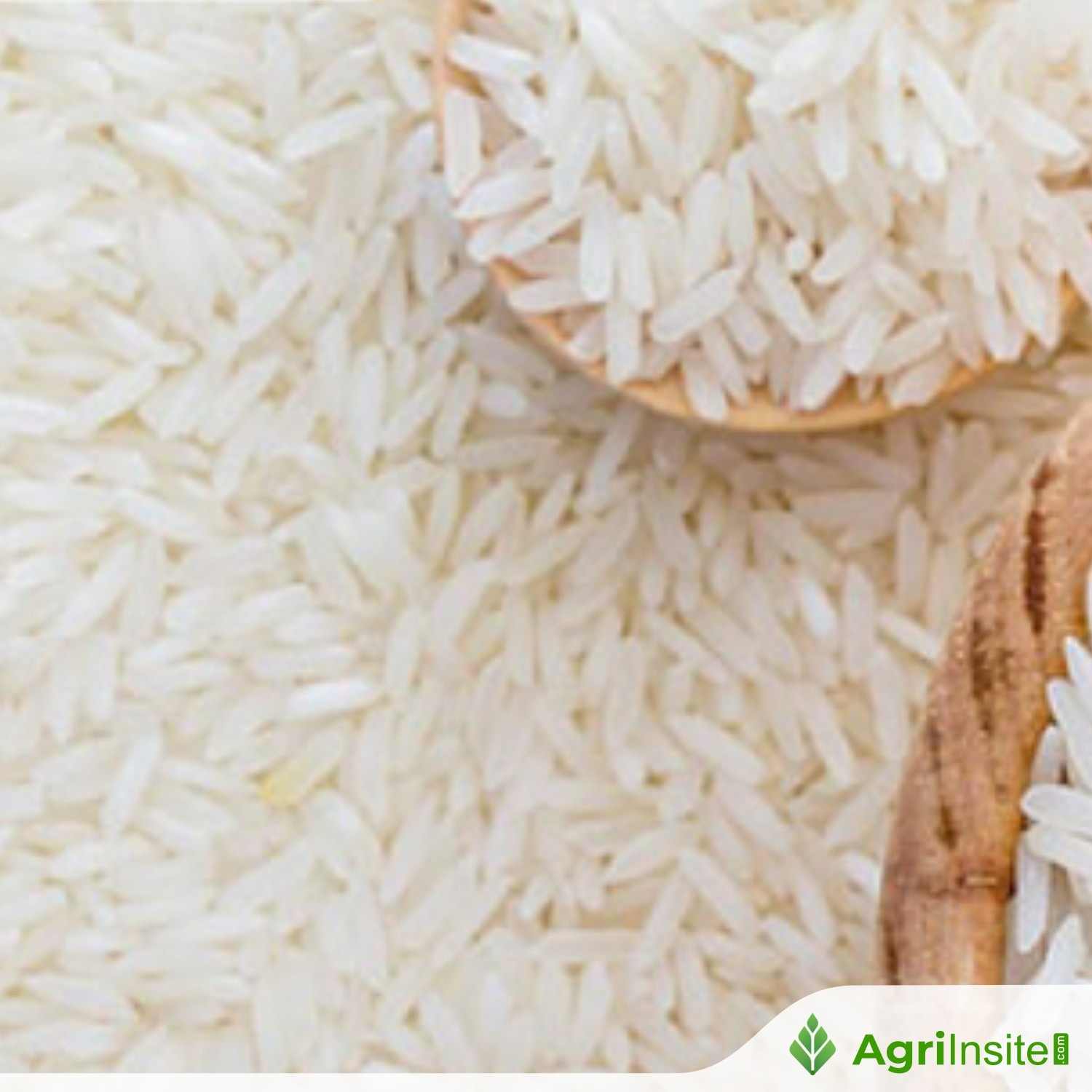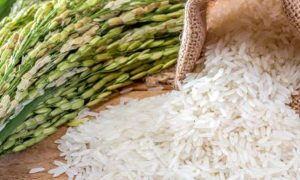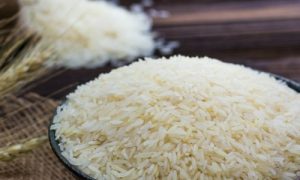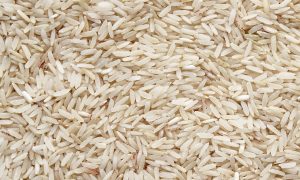Bangladesh Govt embarks on import to tame rice market

Flood-induced crop losses in Bangladesh’s Aman season have caused rice prices to rise, with coarse rice averaging Tk. 53.3 per kilogram in November, a 12-year high. Despite a tariff reduction and government import approvals, the import process has been slow. Factors such as production shortfalls, inefficient supply chains, and higher production costs contribute to the price increase.
A flood-induced crop loss in Aman season this year has forced the government to go for importing rice.
The average price of coarse rice has hit a 12-year high, states latest grain and feed update published by the United States Department of Agriculture (USDA).
According to the Trading Corporation of Bangladesh (TCB), the average retail price of coarse rice in November was Tk.53.3 per kilogram, up 5.2 percent compared to corresponding period last year.
According to the Department of Agricultural Marketing (DAM) statistics, coarse rice price in the country has rose from below Tk. 30 a kg in late 2019 to over Tk. over 48 a kg in December last year – registering over 60 percent rise in 5 years. And, this December the coarse rice is selling even higher at Tk. 53 to 55 per kg.
Food ministry officials confirmed Dhaka Tribune that following a drastic tariff cut on rice import (from 62.5 percent to 2 percent) in end-October, the transitional government gave go-ahead to the ministry and the food directorate to go for imports.
Government’s grain import agency floated at least four international tenders seeking to import 200,000 tons of rice and also gave import approvals for over a million tons of rice to private traders.
However the import so far has been very sluggish, thereby giving domestic rice markets players the scope to keep prices buoyant at the height of harvesting season.
Food ministry statistics show the private importers have so far imported only over 72,000 tons of rice in first half of the current fiscal (2024-25) and government finally received first of its own import consignment (24,690) tons on Thursday.
Belize-flag ship MV Tanais Dream docked Chittagong Port carrying the rice. It’s part of a 50,000 import deal that the food directorate struck with an Indian exporter through international tender.
Officials, however, are upbeat that with more rice on import pipeline and government also giving efforts on domestic rice procurement drive, the buffer food reserve in public granaries would increase soon and it would have an impact to reign in the high rice prices.
India apart, the government is keeping into consideration alternate import sources too i.e. Myanmar, Pakistan, Thailand and Vietnam.
Is inefficient supply chain jacking up rice price?
Rice market sources said, the back-to-back pre-monsoon and monsoon deluges in different rice growing regions this year have had serious bearings on Aman rice production but farmers also tried their best recouping at least some of the initial loses by late-planting, replanting.
According to the USDA’s December grain and feed update, Bangladesh would reap at least 600,000 tons of less Aman season rice this year comparing to last year’s output due to an estimated loss of crops on around 300,000 hectares of land from two consecutive floods in August and October.
While production shortfall explains the price hike in the market, to some extent, but industry people considers that couldn’t be the only reason why rice price is high.
Various factors, including higher cost of rice production, processing, transportation, and an inefficient supply chain, are contributing to the rising price of rice.
USDA report says, like many other agricultural commodities in Bangladesh, the rice supply chain involves multiple market actors, which ultimately leads to higher costs for consumers.
A rice mill from northern Bangladesh reported that in November 2024, farmers were receiving a paddy price of Tk. 34 per kilogram.
After processing the mill sold coarse rice at Tk. 46 per kilogram, but after passing through various market intermediaries, the price reached Tk.53-55 per kilogram at the retail level.
When the newly harvested Aman rice enters the market at the end of December, prices may decrease slightly by up to Tk.2 per kilogram, projects USDA grain and feed update.
Source : Dhaka Tribune
















